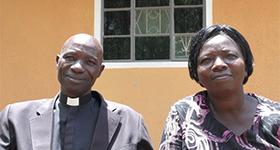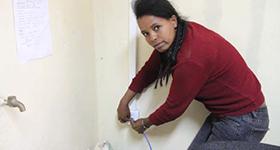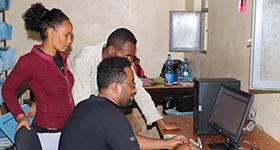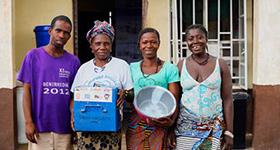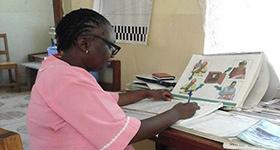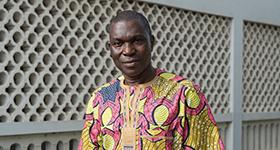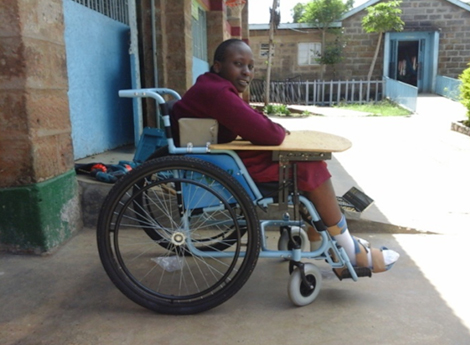
Christine in her new wheelchair.
Background
Christine was a normal, developing 14-year-old child until 2013 when she developed sudden weakness in her legs. She spent a month at Kenyatta National Hospital and was diagnosed with a rare medical condition known as Guillen Barre Syndrome. Since then she has been unable to walk.
This year Christine was accepted to Joytown primary school. On the first day of school, her excitement almost turned into disappointment when the school told her family that Christine could not be admitted because of her condition. She had swollen legs, pressure ulcers on both heels, and could not push herself in her wheelchair, which was small and broken. At first, the administrative staff didn't realize her problem was a result of a bad wheelchair.
Intervention
Clinical staff trained in the WHO 8 steps intervened on Christine's behalf and explained to the school how they could help Christine realize her potential. By the end of the conversation, Christine and her parents were crying because this was the first opportunity for Christine to go back to school after three years. The WHO 8 steps are Guidelines for the Provision of Manual Wheelchairs in Less Resourced Settings that emphasize the eight critical steps for appropriate wheelchair services, which include: referral, assessment, prescription, funding and ordering, product preparation, fitting and adjusting, user training, and follow-up and maintenance/repairs.
Outcomes
After Christine received an ACCESS wheelchair, her life was transformed. She was able to sit upright, push herself to class, and transfer herself to bed. The swelling in her legs reduced and the pressure sores healed. Christine and her family are very grateful to the ACCESS project for the wheelchair, and even more so for helping her go back to school.

